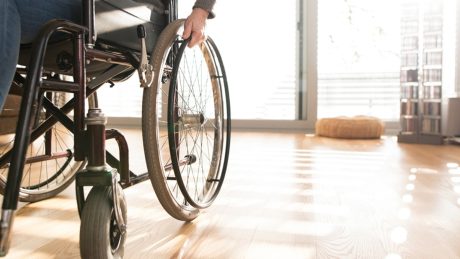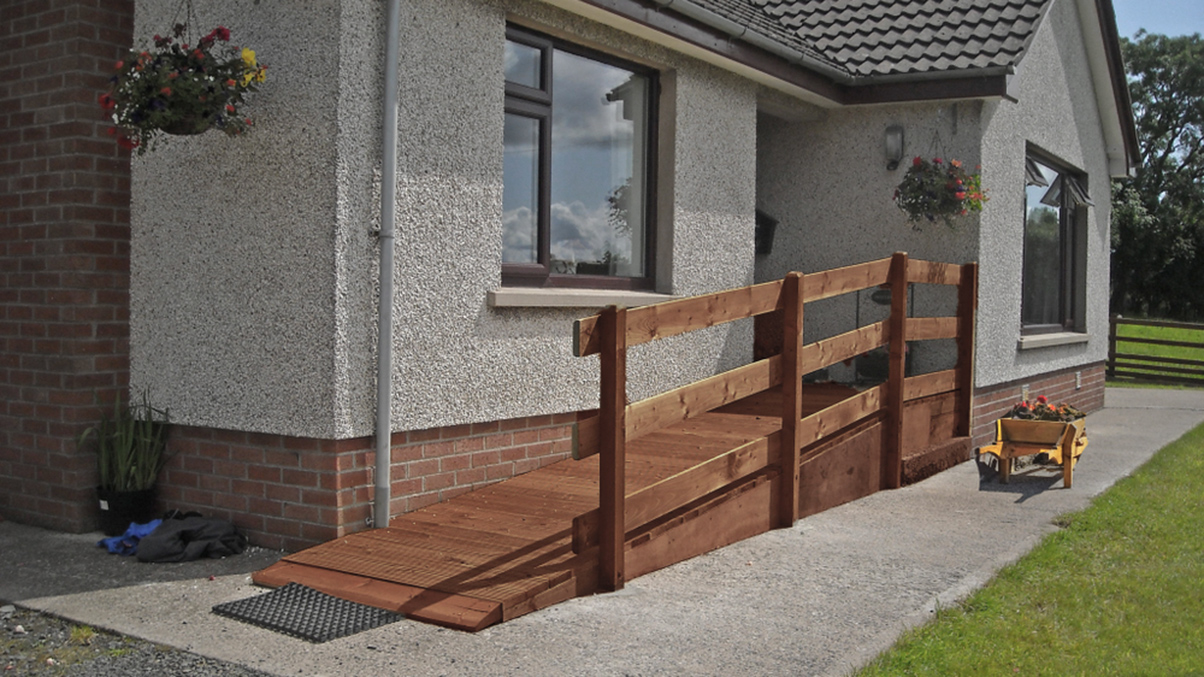We act for clients who have sustained serious life-changing personal injuries, in particular spinal cord injury and brain injury. Our clients frequently require a specially adapted property to meet their post-injury needs. A recent Court of Appeal judgment has changed the law to make things fairer for clients when calculating the amount they receive for post-injury accommodation. Paralegal Demi Newlove and Senior Associate Amy Heath explain what this means for those making a claim.
The fundamental principle behind a claim for damages is for a person to be put back in the position they would have been in but for the detriment they have suffered (or as close to that as possible) but not more than that. The issue with a claim for accommodation is that if a claimant is awarded the full amount required to purchase a suitable property, their estate receives a windfall at the end of the claimant’s life.
The previous approach: Roberts v Johnstone
In 1989, the Court of Appeal in the case of Roberts v Johnstone sought to address this issue and set a method for calculating accommodation loss claims. For decades, the calculation produced awards that fell far short of the capital the claimant would need to purchase the property required. When, in 2017, the discount rate fell to a negative rate, the calculation produced a nil award. Since then, injury lawyers and their clients have waited for a judgment that would revisit Roberts v Johnstone. When the judgment in Swift v Carpenter was handed down on 9 October 2020, that wait was finally over.
The Swift judgment
The claimant, Charlotte Swift, sustained life-changing injuries at the age of 39 when she required a below the knee amputation following a road traffic accident. The Court of Appeal had to consider her claim for accommodation, for which in the first instance she had been awarded nothing on a strict application of Roberts v Johnstone.
The approach taken by the Court of Appeal was that the additional capital required to buy the property would be awarded after deducting the value of the reversionary interest in the additional capital.
The Court of Appeal found that 5% was the appropriate investment return for the purpose of the market valuation of the reversionary interest.
The calculation in this case was therefore:
- Value of the existing property = £1,450,000
- Cost of the property required post-injury = £2,350,000
- Capital shortfall = £2,350,000 – £1,450,000 = £900,000
- Life expectancy of claimant = 45.43 years
- Value of revisionary interest = £900,000 x 1.05 – 45.43 = £98,087
- Award = £900,000 – £98,087 = £801,913
By way of comparison, had the claimant’s claim been calculated on a Roberts v Johnstone basis prior to 2017, it would have looked as follows:
- Value of the existing property = £1,450,000
- Cost of the property required post-injury = £2,350,000
- Capital shortfall = £2,350,000 – £1,450,000 = £900,000
- Life multiplier = 26.54
- £900,000 x 2.5% (pre-2017 discount rate) x 26.54 = £567,150
The valuation at the post-2017 discount rate was nil.
The difference between the two positions is substantial. The judgment is, therefore, positive news for our clients who have faced years of being under-compensated for their accommodation claims.
Some uncertainty?
When it comes to using Swift to calculate accommodation claims for child claimants, the water is muddy. It is unclear how best to account for the periods during which a child would not have owned a property in any event and then how to account for their multiple future properties and the potential for climbing the property ladder. One option would be to use a weighted average to calculate a single value for the properties the claimant would have had. However, it seems that commentators are already divided as to whether this calculation should include the period during which the claimant would not have owned a property or whether this should be ignored.
Although the situation for claimants is much improved, the situation is not straightforward for claimants who have a short life expectancy. The Swift calculation will still result in a significant shortfall between the capital they will require to buy a suitable property and the damages they can recover. By way of example, in the Swift case, had the claimant been thirty years older her award would have been £476,072.47, which is £423,927.50 less than she would need to buy a suitable property.
The Court of Appeal recognised this issue and stated that their guidance should not be regarded as a straitjacket which must be applied rigidly; it acknowledged that cases involving short life expectancies “may require a different approach”. For claimants in this position, the Swift model is unlikely to be appropriate, and different solutions may be required. In these instances, the comments from Lord Justice Irwin in the Swift judgment are welcome: “If it were to prove impossible here to award a claimant full compensation without a degree of over-compensations, then it seems to me likely that the principle of fair and reasonable compensation for injury would be thought to take precedence.”
For some cases, the judgement in Swift is a welcome and long-awaited reformulation of the law and offers a righting to the wrong set in Roberts v Johnstone. However, it seems likely that for some cases, further litigation in this area will be inevitable.
You can find further information regarding our expertise, experience and team on our Clinical Negligence, Personal Injury, and International Injury pages.
If you require assistance from our team, please contact us or alternatively request a call back from one of our lawyers by submitting this form.
Subscribe – In order to receive our news straight to your inbox, subscribe here. Our newsletters are sent no more than once a month.






